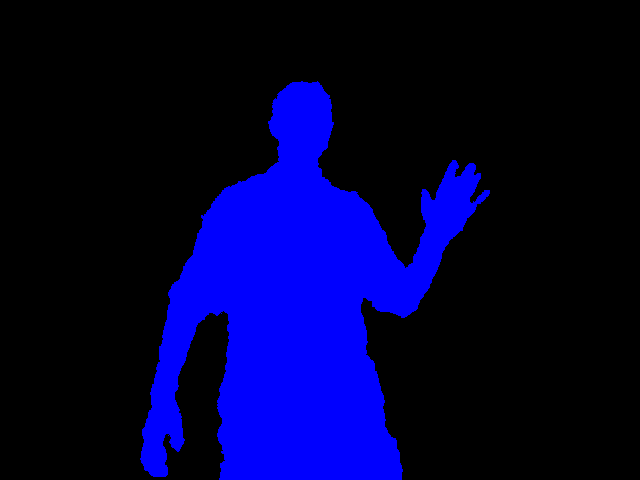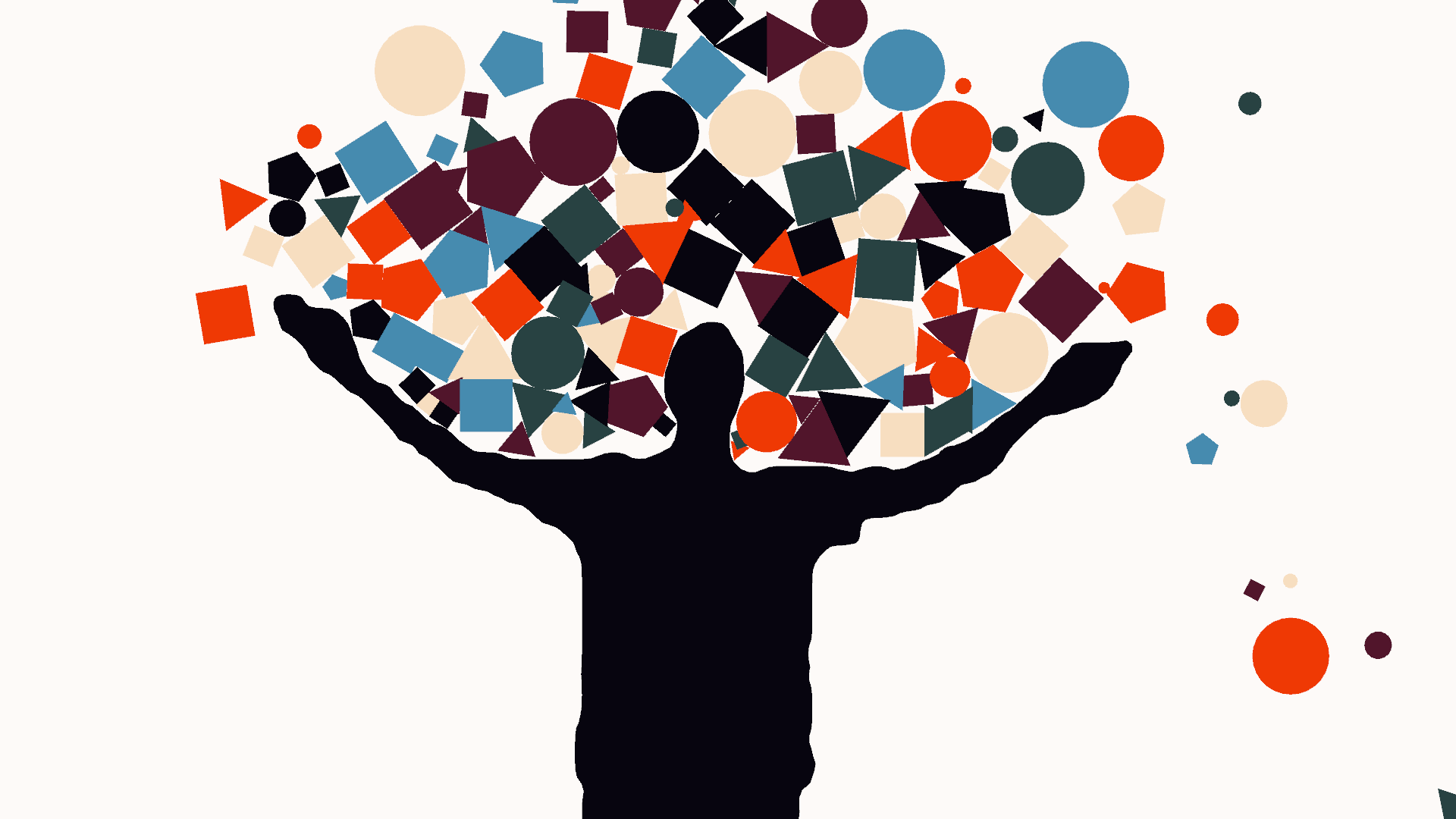Benutzer-Werkzeuge
Seitenleiste
Dies ist eine alte Version des Dokuments!
Inhaltsverzeichnis
Kinect
Die Kinect ist eine Hardware zur Steuerung der Xbox360. Mit ihr lassen sich besonders gut Tiefen-Informationen eines Raumes gewinnen und die Silhouette eines Menschen vom Raum trennen.
Wir wollen zunächst die Kinect unter Windows für Processing einrichten. Dazu müsst ihr folgende Installationen durchführen:
- Processing
- Download Processing 2.0 oder spätere
- Geh in das Menü: Sketch → Import Library → Add Library
- Installiert „SimpleOpenNI“
- Kinect SDK
- Download Kinect SDK
- Installer starten
Es kann sein das ihr zusätzlich noch die .NET Frameworks installieren müsst, aber darauf macht euch der Kinect SDK installier aufmerksam. Nach erfolgreicher Installation sollte die Kinect im Gerätemanager auftauchen.
Kinect Physics Tutorial for Processing
Auf der Website http://www.creativeapplications.net findet ihr ein spektakuläres Tutorial zur Kinect. Da seit erstellen des Tutorials neue Versionen der SimpleOpenNI und Processing erschienen sind, solltet ihr den SourceCode aus unserem Wiki verwenden. Der Code von „creativeApplications“ funktioniert leider nicht mehr. Außerdem benötigt ihr einige weiter Bibliotheken unter Processing um den Code ausführen zu können. Die Installation erfolgt analog zu der von SimpleOpenNI.
Geh in das Menü: Sketch → Import Library → Add Library
- Installiert „v3ga blob detection“
- Installiert „Toxiclibs“
- Installiert „PBox2D“
UserPixel
Zunächst schauen wir uns eine einfache Möglichkeit an, eine Person vom Rest der Umgebung zu isolieren:
// UserPixel Basic Example by Corvin Jaedicke (15.08.13) import processing.opengl.*; import SimpleOpenNI.*; SimpleOpenNI kinect; PImage userImage; int userID; int[] userMap; int[] user; PImage rgbImage; void setup() { size(640, 480, OPENGL); kinect = new SimpleOpenNI(this); kinect.enableDepth(); kinect.enableUser(); } void draw() { background(0); kinect.update(); // if we have detected any users if (kinect.getNumberOfUsers() > 0) { // find out which pixels have users in them user=kinect.userMap(); userMap = kinect.userImage().pixels; // populate the pixels array // from the sketch's current contents loadPixels(); for (int i = 0; i < userMap.length; i++) { // if the current pixel is on a user if (user[i] > 0) { // make it green pixels[i] = color(0,0,255); } } // display the changed pixel array updatePixels(); } } void onNewUser(int uID) { userID = uID; println("tracking"); }
KinectPhysics
// Kinect Physics Example by Amnon Owed (15/09/12) // import libraries import processing.opengl.*; // opengl import SimpleOpenNI.*; // kinect import blobDetection.*; // blobs import toxi.geom.*; // toxiclibs shapes and vectors import toxi.processing.*; // toxiclibs display import pbox2d.*; // shiffman's jbox2d helper library import org.jbox2d.collision.shapes.*; // jbox2d import org.jbox2d.common.*; // jbox2d import org.jbox2d.dynamics.*; // jbox2d // declare SimpleOpenNI object SimpleOpenNI context; // declare BlobDetection object BlobDetection theBlobDetection; // ToxiclibsSupport for displaying polygons ToxiclibsSupport gfx; // declare custom PolygonBlob object (see class for more info) PolygonBlob poly; // PImage to hold incoming imagery and smaller one for blob detection PImage cam, blobs; int[] user; // the kinect's dimensions to be used later on for calculations int kinectWidth = 640; int kinectHeight = 480; // to center and rescale from 640x480 to higher custom resolutions float reScale; // background and blob color color bgColor, blobColor; // three color palettes (artifact from me storing many interesting color palettes as strings in an external data file ;-) String[] palettes = { "-1117720,-13683658,-8410437,-9998215,-1849945,-5517090,-4250587,-14178341,-5804972,-3498634", "-67879,-9633503,-8858441,-144382,-4996094,-16604779,-588031", "-1978728,-724510,-15131349,-13932461,-4741770,-9232823,-3195858,-8989771,-2850983,-10314372" }; color[] colorPalette; // the main PBox2D object in which all the physics-based stuff is happening PBox2D box2d; // list to hold all the custom shapes (circles, polygons) ArrayList<CustomShape> polygons = new ArrayList<CustomShape>(); void setup() { // it's possible to customize this, for example 1920x1080 size(1280, 720, OPENGL); context = new SimpleOpenNI(this); // initialize SimpleOpenNI object if(context.isInit() == false) { // if context.enableScene() returns false // then the Kinect is not working correctly // make sure the green light is blinking println("Kinect not connected!"); exit(); } else { // mirror the image to be more intuitive context.enableDepth(); context.enableUser(); context.setMirror(true); // calculate the reScale value // currently it's rescaled to fill the complete width (cuts of top-bottom) // it's also possible to fill the complete height (leaves empty sides) reScale = (float) width / kinectWidth; // create a smaller blob image for speed and efficiency blobs = createImage(kinectWidth/3, kinectHeight/3, RGB); // initialize blob detection object to the blob image dimensions theBlobDetection = new BlobDetection(blobs.width, blobs.height); theBlobDetection.setThreshold(0.3); // initialize ToxiclibsSupport object gfx = new ToxiclibsSupport(this); // setup box2d, create world, set gravity box2d = new PBox2D(this); box2d.createWorld(); box2d.setGravity(0, -20); // set random colors (background, blob) setRandomColors(1); } } void draw() { background(bgColor); // update the SimpleOpenNI object context.update(); //if (context.getNumberOfUsers() > 0) { // find out which pixels have users in them user = context.userMap(); cam = context.userImage(); // populate the pixels array // from the sketch's current contents //loadPixels(); for (int i = 0; i < cam.pixels.length; i++) { // if the current pixel is on a user if (user[i] > 0) { // make it green cam.pixels[i] = color(0,0,255); }else{ cam.pixels[i] = color(0,0,0); } } // display the changed pixel array // updatePixels(); //} // put the image into a PImage // cam = context.userImage(); // copy the image into the smaller blob image blobs.copy(cam, 0, 0, cam.width, cam.height, 0, 0, blobs.width, blobs.height); // blur the blob image blobs.filter(BLUR, 1); // detect the blobs theBlobDetection.computeBlobs(blobs.pixels); // initialize a new polygon poly = new PolygonBlob(); // create the polygon from the blobs (custom functionality, see class) poly.createPolygon(); // create the box2d body from the polygon poly.createBody(); // update and draw everything (see method) updateAndDrawBox2D(); // destroy the person's body (important!) poly.destroyBody(); // set the colors randomly every 240th frame setRandomColors(240); } void updateAndDrawBox2D() { // if frameRate is sufficient, add a polygon and a circle with a random radius if (frameRate >10) { polygons.add(new CustomShape(kinectWidth/2, -50, -1)); polygons.add(new CustomShape(kinectWidth/2, -50, random(2.5, 20))); } // take one step in the box2d physics world box2d.step(); // center and reScale from Kinect to custom dimensions translate(0, (height-kinectHeight*reScale)/2); scale(reScale); // display the person's polygon noStroke(); fill(blobColor); gfx.polygon2D(poly); // display all the shapes (circles, polygons) // go backwards to allow removal of shapes for (int i=polygons.size()-1; i>=0; i--) { CustomShape cs = polygons.get(i); // if the shape is off-screen remove it (see class for more info) if (cs.done()) { polygons.remove(i); // otherwise update (keep shape outside person) and display (circle or polygon) } else { cs.update(); cs.display(); } } } // sets the colors every nth frame void setRandomColors(int nthFrame) { if (frameCount % nthFrame == 0) { // turn a palette into a series of strings String[] paletteStrings = split(palettes[int(random(palettes.length))], ","); // turn strings into colors colorPalette = new color[paletteStrings.length]; for (int i=0; i<paletteStrings.length; i++) { colorPalette[i] = int(paletteStrings[i]); } // set background color to first color from palette bgColor = colorPalette[0]; // set blob color to second color from palette blobColor = colorPalette[1]; // set all shape colors randomly for (CustomShape cs: polygons) { cs.col = getRandomColor(); } } } // returns a random color from the palette (excluding first aka background color) color getRandomColor() { return colorPalette[int(random(1, colorPalette.length))]; }


